New Opel Mokka Combines Fun and Modernity
Hot on the heels of the new battery-electric Opel Mokka-e, the German carmaker is now announcing the new Mokka with state-of-the-art internal combustion engines. Highly efficient and more compact than ever, the new Mokka is the perfect combination of fun and modernity – ideal for the urban jungle as well as the wide-open spaces of the Autobahn.
“The new Opel Mokka features everything the brand stands for – today and in the future”, says Opel CEO, Michael Lohscheller. “Fun, efficient and thoroughly innovative, the Mokka exactly symbolises the values of our brand – exciting, approachable, German. Our customers are free to choose whether they want to order the Mokka with electric drive or one of our new extra efficient engines.”
Despite a slightly longer wheelbase (+2.0 mm), the new Mokka is 12.5 cm shorter than the previous model, while offering its five passengers a similar loading space of up to 350 litres in its luggage compartment. Its total length of only 4.15 metres makes it super-easy to manoeuvre and park in urban and suburban areas.
The design of the new Mokka surprises with stunning proportions and captivating precision from its overall, bold looks characterised by short overhangs and a well-planted, wide stance, down to the smallest detail. The newcomer also stands out as the first model that features the future brand face and next-generation fully digital cockpit: the Opel Vizor and the Opel Pure Panel, respectively. The horizontally stretched instrument panel integrates two widescreen displays; the one in front of the driver is up to 12 inches in size. In order to allow intuitive usage and the driver’s continuous focus on the road, Opel designers retained control buttons for essential functions.
With the GS Line trim, Opel offers for the first time a sportier-looking version of the Mokka. This new trim – including as standard red signature daylight opening, high-gloss black Vizor, black instead of chrome exterior trim elements and badges, specific front seat fabric, red instrument panel trim, black-finished light-alloy wheels, two-tone roof and black headliner – make the Mokka a real eye-catcher.
The new Mokka stays true to Opel’s brand-defining tradition of making innovative technologies from higher vehicle classes available to a wide range of buyers. These include advanced systems such as ACC (Advanced Cruise Control) and Active Lane Positioning. The lighting system also offers leading technologies with the adaptive, and therefore glare-free IntelliLux LED® matrix light featuring 14 elements, unique in the segment. All Mokka model variants come standard with LED lights at the front and rear, an electric parking brake as well as traffic sign recognition. A 180-degree panorama rear-view camera and automatic park assist is also available.
The new Mokka is based on a new version of the company’s highly efficient multi-energy platform CMP (Common Modular Platform). This lightweight and efficient modular system offers maximum flexibility in vehicle development and allows the use of a purely battery-electric drive as well as internal combustion engines. The customer has a choice.
The engineering team in Rüsselsheim has particularly worked on massively containing weight, on the one hand, saving up to 120 kg vs the previous generation, and enhancing the body stiffness on the other hand. The benefits are obvious: the new Mokka consumes substantially less while being much more responsive, agile and fun to drive.
The lively yet economical petrol and diesel engines offer power outputs ranging from 74W (100hp) to 96kW (130hp). Moderate fuel consumption and superior performance are characteristic of all powertrain options (preliminary fuel consumption NEDC1: combined 3.8-4.8 l/100km, 100-111 g/km CO2).
- The fun starts with the entry-level 74kW (100hp) 1.2 Turbo combined with a six-speed manual gearbox (preliminary fuel consumption NEDC1: combined 4.6 l/100km, 104 g/km CO2).
- Higher performance is supplied by the 96kW (130hp) 1.2 Turbo. Despite the strong power output, the fuel consumption of the all-aluminium engine remains moderate with either of the six-speed manual or eight-speed automatic transmissions (preliminary fuel consumption NEDC1: combined 4.5-4.8 l/100km, 103-111 g/km CO2).
High efficiency and lively performance are characteristic of the new petrol engines. Internal friction and friction losses are minimised. The turbocharger also reacts immediately, with strong torque development already at low rpm. Maximum torque of the 74kW (100hp) 1.2 is 205Nm; the top 96kW (130hp) unit even develops 230Nm. With the majority of maximum torque available in a wide band, both engines are notable for their high driveability. At least 95 per cent of maximum torque is available between 1,500 and 3,750rpm – in combination with the low vehicle weight, this enables very good driveability.
The driving performance matches the high efficiency of the engines. The new Mokka with 96kW (130hp) and manual transmission reaches a maximum speed of 202km/h2, with zero to 100km/h acceleration in 9.2 seconds. Equally impressive is the 1.2 Turbo with 74kW (100hp). With a top speed of 182km/h, it accelerates from zero to 100km/h in around eleven seconds.
The 74kW (100hp) entry-level engine is fitted with a six-speed manual gearbox as standard. With the 100kW (130hp) 1.2, customers can choose from a six-speed manual or a smooth eight-speed automatic. Adaptive shift programmes and Quickshift-technology represent the state-of-the-art in the Mokka’s market segment. Drivers can shift gears themselves via the standard paddles at the steering wheel.
The two petrol engines are joined by a lively 1.5-litre diesel with the six-speed manual transmission, producing 81kW (110hp) and maximum torque of 250Nm (preliminary fuel consumption NEDC1: combined 3.8 l/100km, 100 g/km CO2).
For optimum exhaust after-treatment, the diesel engine’s emissions reduction system – consisting of a passive oxidation catalyst/NOx adsorber, AdBlue injector, SCR catalyst and Diesel Particulate Filter (DPF) – is grouped as a compact single unit, as near as possible to the engine. The NOx adsorber acts as a cold start catalyst, reducing NOx emissions at temperatures below the SCR light-off.
NEXT UP IN NEWS
- ŠKODA Proactive Care Connect Services Free for 10 Years
- Ron Capps Takes Don Schumacher Racing HEMI-powered Dodge Charger SRT Hellcat Funny Car to Winner’s Circle at the Dodge NHRA Indy Nationals
- Ram Announced Plans to Build a Limited Run of TRX Launch Edition Models
- ŠKODA ENYAQ iV: Another Step Forward in Design
- General Motors Remains on Track for a Greener Future
- Ice Driving in a 4-Wheel Drive Car in Finland


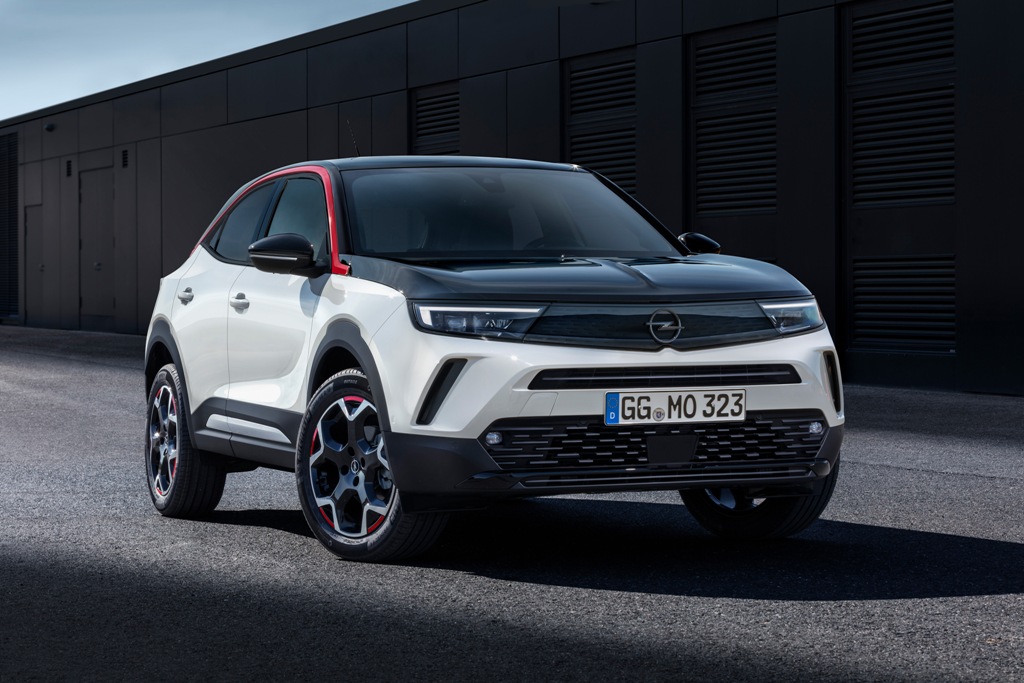

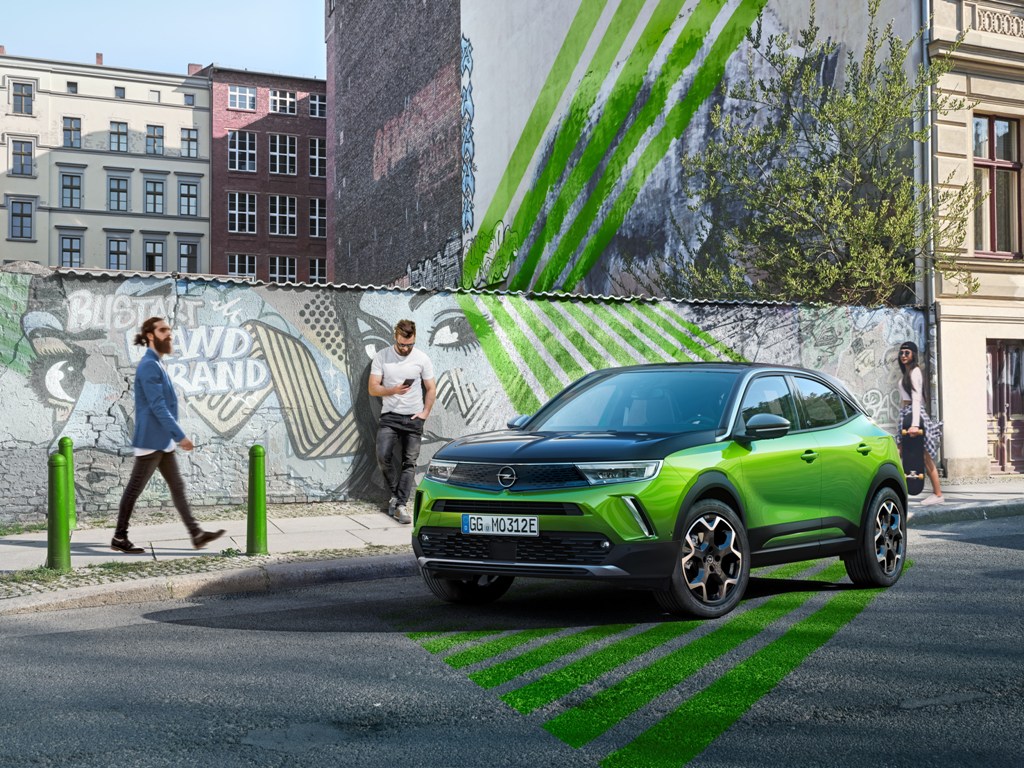
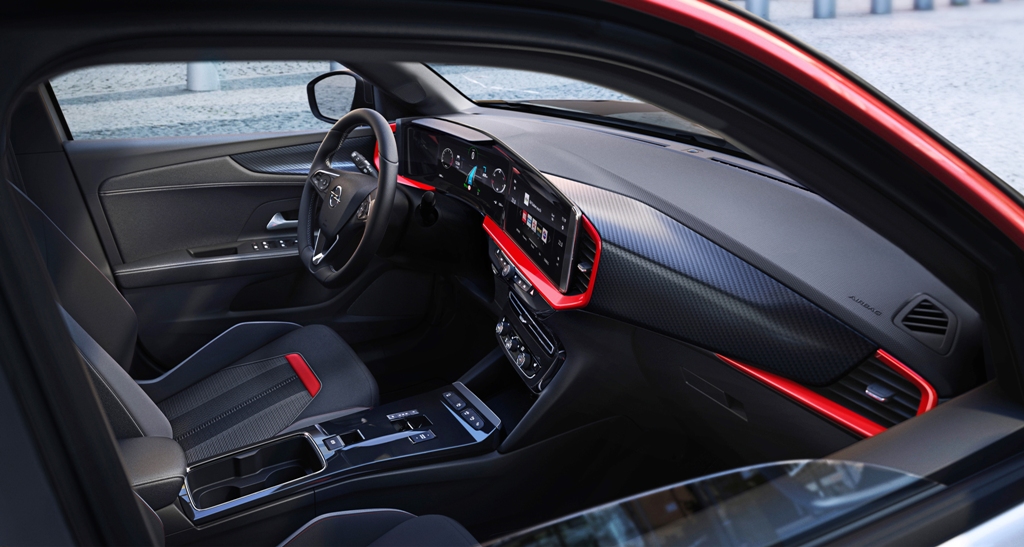
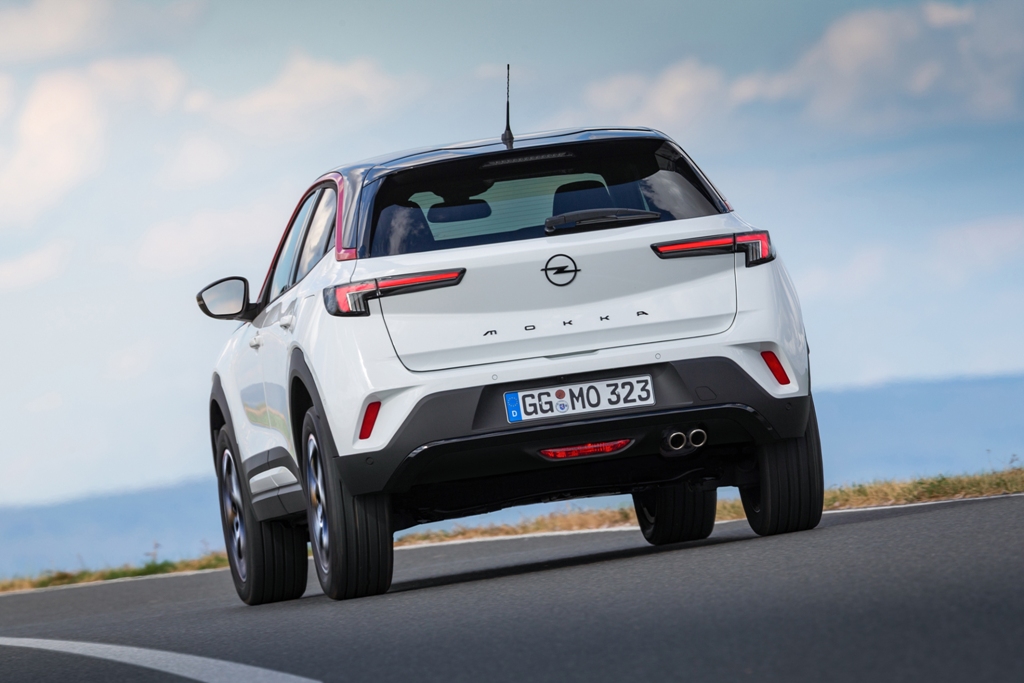
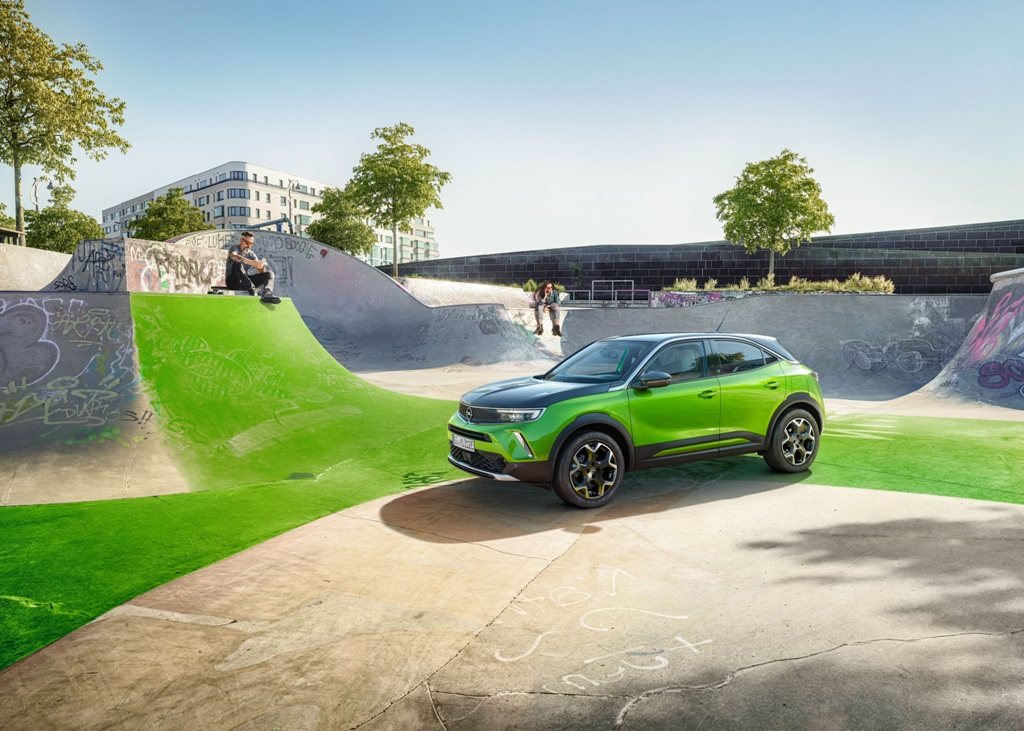

Comments are closed.